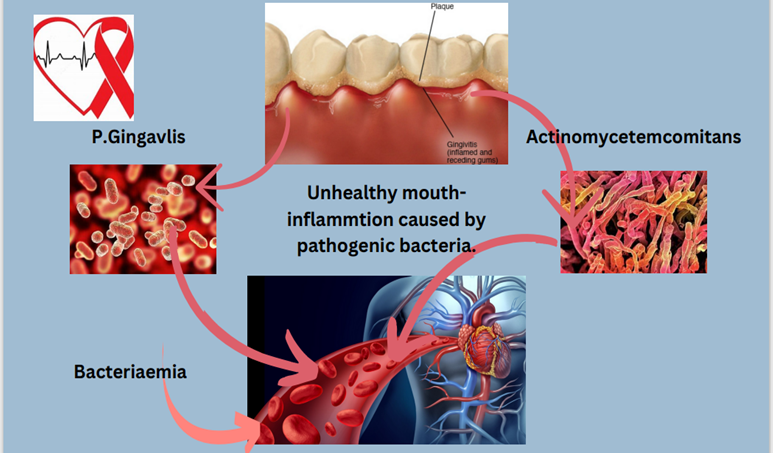Understanding and Preventing Gum Disease: Your Comprehensive Guide
- charlottehygienist
- Feb 28
- 3 min read
Are you experiencing bleeding gums, persistent bad breath, or gum recession? These could be signs of gum disease, a prevalent issue affecting millions worldwide. We understand the importance of healthy gums for your overall well-being. This comprehensive guide will explore what gum disease is, how to prevent it, and what steps to take if you notice symptoms.
Why Gum Health Matters:
Ignoring symptoms like swollen, sore, or bleeding gums can lead to serious complications. Just as you wouldn't disregard issues in other parts of your body, prioritise your oral health. Studies show that a significant portion of the population suffers from gum inflammation, linking it to various systemic health problems.

What is Gum Disease? Breaking Down Gingivitis and Periodontitis
1. Gingivitis: The Reversible Stage
Definition: Gingivitis is the initial, reversible stage of gum disease, characterized by inflammation of the gums.
Causes: It's primarily caused by plaque (biofilm) accumulation, a sticky, yellow substance that forms on teeth and gums.
Plaque's Role: Plaque harbours bacteria that irritate the gums, leading to inflammation. Subgingival plaque (below the gum line) is particularly harmful due to its organised bacterial community.
2. Periodontitis: The Advanced Stage
Definition: Periodontitis is an irreversible inflammation that damages the soft tissues and bone supporting your teeth.
Progression: Untreated gingivitis can progress to periodontitis, leading to gum pocket formation, bone loss, and eventually, tooth loss.
Body's Response: The body's defense against bacteria can sometimes overreact, causing bone destruction.
Risk Factors for Periodontitis:
Gingivitis (untreated)
Poor oral hygiene
Smoking and tobacco use
Vaping and recreational drug use
Obesity
Nutritional deficiencies (especially Vitamin C)
Genetic predisposition
Weakened immune system
Chronic diseases (diabetes, rheumatoid arthritis, Crohn’s disease)
Keywords: gum disease risk factors, causes of periodontitis, prevent gum disease.
Maintaining a Healthy Mouth: Expert Recommendations
1. Professional Dental Care:
Schedule regular dental checkups and cleanings.
Seek immediate advice for any oral health concerns.
2. Effective Brushing Techniques:
Use an electric toothbrush (e.g., Oral-B IO series).
Brush twice daily, focusing on the gum line.
Hold the brush at the gum-tooth junction for 3 seconds per tooth surface.
Don't stop brushing if you experience initial bleeding.
3. Interdental Cleaning:
Floss daily, ensuring the floss goes below the gum line.
Use interdental brushes (TePe brushes) or easy picks for effective cleaning between teeth.
Single tufted brushes for braces and hard to reach areas.
Continue flossing and using interdental aids even if you experience initial bleeding.
4. Fluoride Toothpaste:
Use a fluoride toothpaste twice daily.
Fluoride strengthens enamel and protects against decay, especially important for those with gum recession.
5. Mouthwash Usage:
Use mouthwash as a supplement to brushing and interdental cleaning.
Use it at a different time than brushing.
Choose an antibacterial mouthwash, especially if you have inflamed gums (use with caution if you have chlorhexidine allergies).
6. Tongue Cleaning:
Clean your tongue daily, focusing on the back.
Use a tongue scraper or brush.
7. Lifestyle Modifications:
Maintain a balanced diet.
Engage in regular exercise.
Limit alcohol consumption.
Quit smoking.


Key Takeaways:
Early detection and treatment are crucial for preventing gum disease progression.
Consistent oral hygiene practices are essential for maintaining healthy gums.
Professional dental care plays a vital role in preventing and managing gum disease.
Call to Action:
If you're concerned about your gum health, schedule an appointment with me on 0207 935 2249. I am here to help you achieve and maintain a healthy smile.
Contact us today!




Comments